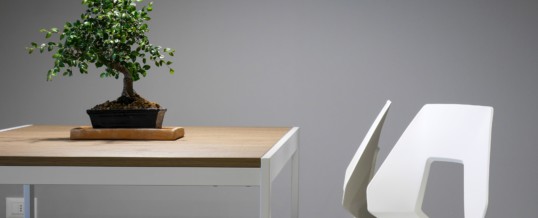
Sound Transmission Class is derived from other sound metrics like NIC and NIIC. You can read more about NIC and NNIC here.
The NIC and NNIC don’t attempt to describe how sound gets from one room to another. Does the sound go through cracks or around corners (called flanking paths) or does it go straight through walls or other partitions (called direct transmission)? By taking care to block flanking paths, the noise reduction between two rooms can reasonably be assumed to accurately describe how much noise the wall (called a partition in acoustics lingo) is blocking.
When noise reduction is due solely to passing through a partition, it is called transmission loss (TL). As with NR data, TL data can be boiled down to a single-number value called the sound transmission class (STC). Reported STC values are found by doing transmission loss tests on a fully built assemblies in a lab. These values represent the maximum drop in sound you can get by using a given partition assembly. The following chart gives some qualitative intuition for what you can expect from different STC ratings.
| STC | What can be heard |
| 25 | Normal speech can be understood |
| 30 | Loud speech can be understood |
| 35 | Loud speech audible but not intelligible |
| 40 | Loud speech audible as a murmur |
| 45 | Loud speech heard but not audible |
| 50 | Loud sounds faintly heard |
| 60+ | Good soundproofing; most sounds do not disturb neighboring residents. |
When the transmission loss is measured through a wall in an existing building, it is called apparent sound transmission loss (ATL). The apparent transmission loss can be used to find the apparent transmission class (ASTC). You might see field transmission loss (FTL) and field sound transmission class (FSTC) around. These are pretty much the same as ATL and ASTC respectively; they just use the old nomenclature. In 2017 the standard updated the names from field to apparent to emphasize that the tests done in the field can’t account for all flaking paths, so they only account for what “apparently” happens.
It is not uncommon for laboratory STC values to be 5+ points higher than their field-tested ASTC cousins. This points out the importance of hiring dependable contractors and designers for projects. Which metric you use will be determined by the standards, codes, and conventions of the location of your project. No matter the location, however, acoustical consultants and engineers are available to ensure your project is the best it can be.
_________________
This article is part of a series on indoor noise testing. Read the beginning of the series here.
MAR
2020

About the Author: